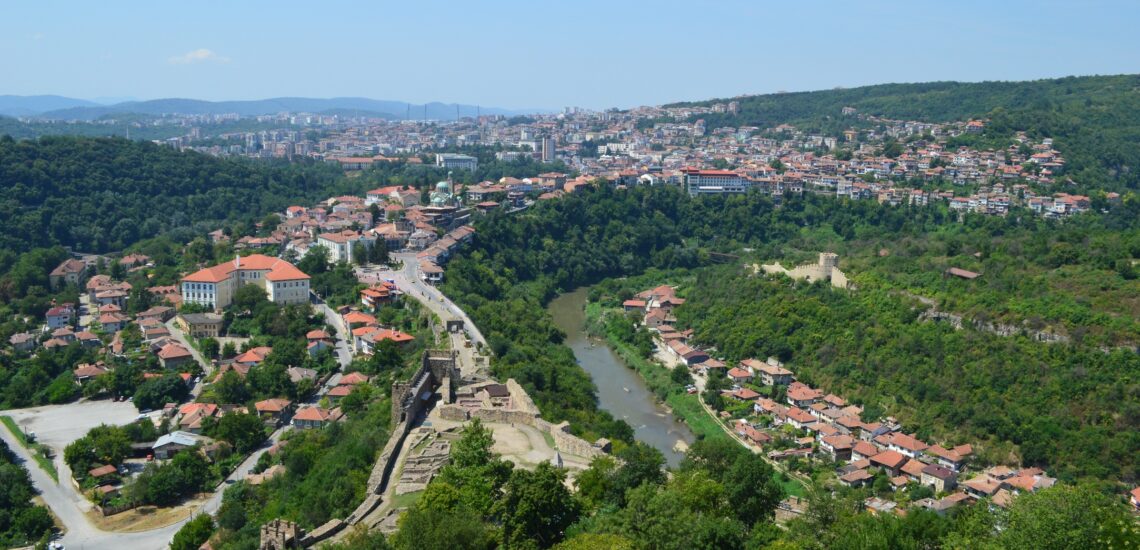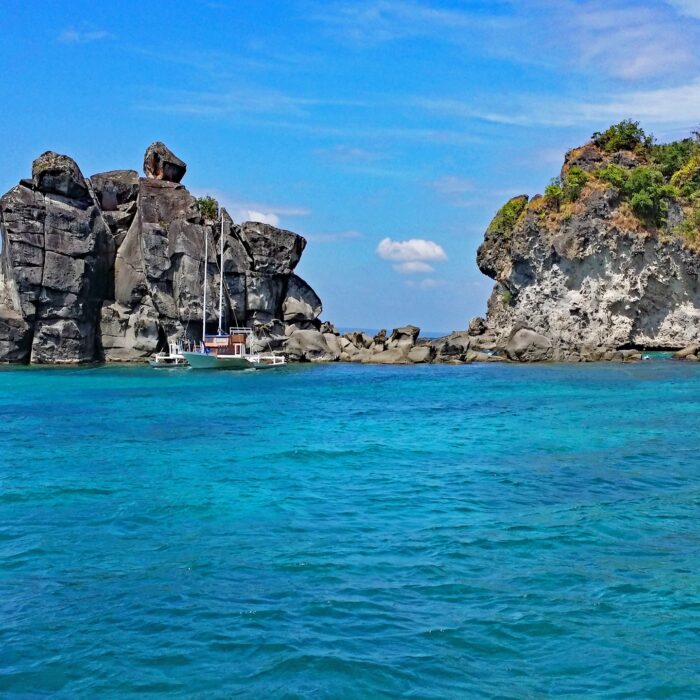10 Interesting Facts About Bulgaria
Quick facts about Bulgaria:
- Population: Approximately 7 million people.
- Area: 110,994 square kilometers.
- Capital: Sofia.
- Currency: Bulgarian Lev (BGN).
- Official Language: Bulgarian.
- Geography: Located in Southeastern Europe, with a coastline along the Black Sea to the east and diverse terrain including mountains, valleys, and plains.
Fact 1: Bulgaria is rich in mineral springs
Bulgaria is a haven for those seeking relaxation and wellness, thanks to its abundance of mineral springs. The country boasts numerous spa and balneology centers, harnessing the therapeutic properties of these natural resources. From the renowned spa town of Velingrad to the mineral-rich waters in places like Devin and Hisarya, Bulgaria offers a soothing retreat for both locals and visitors. Immerse yourself in the rejuvenating mineral baths and spa treatments, and you’ll discover why Bulgaria is a top destination for those in pursuit of health and serenity.
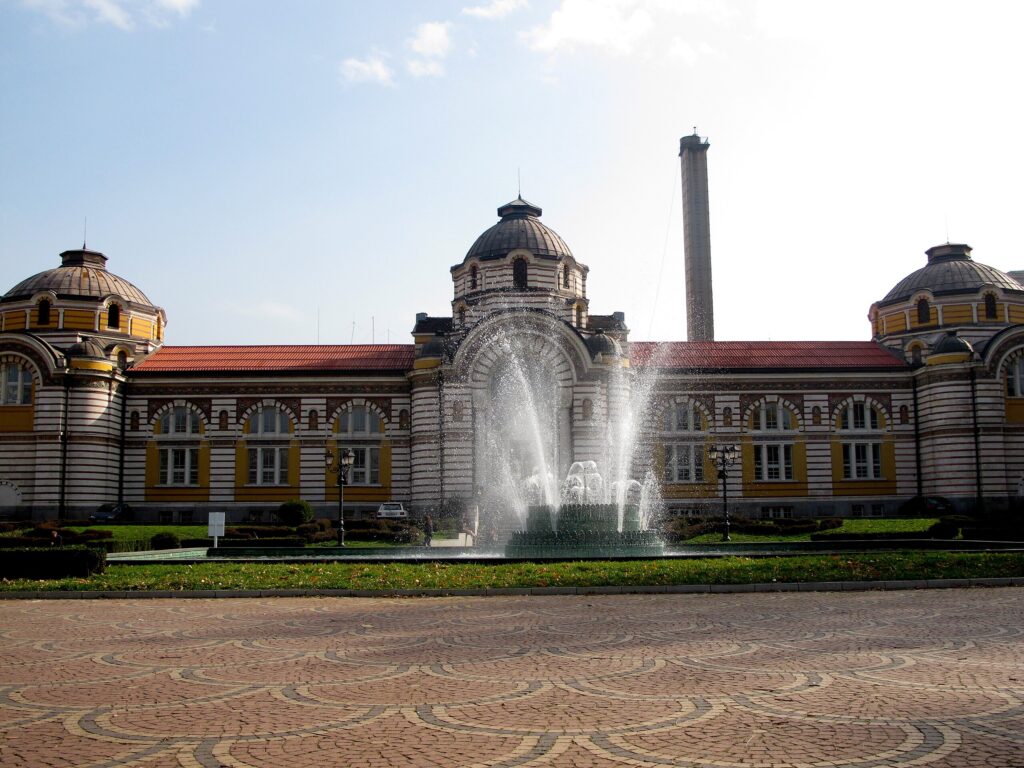 Михал Орела, CC BY 2.0, via Wikimedia Commons
Михал Орела, CC BY 2.0, via Wikimedia CommonsFact 2: Bulgaria is one of the oldest European countries
Bulgaria’s historical roots run deep, and it has retained its name throughout the centuries. The continuity is impressive, as the country proudly holds the title of one of the few European nations whose name has remained unchanged since its establishment in 681 AD. This resilience reflects Bulgaria’s enduring identity and contributes to its unique cultural heritage. Imagine, the very name you see on the map today has echoed through the ages, connecting modern Bulgaria to its ancient past.
Fact 3: There is a Roman amphitheater in the oldest Bulgarian city
Plovdiv, the oldest continuously inhabited city in Bulgaria, boasts a remarkable Roman amphitheater. The Ancient Theatre of Philippopolis, as it is known, dates back to the 2nd century AD and is one of the best-preserved Roman theaters in the world. The amphitheater is not only a testament to Plovdiv’s ancient history but also serves as a venue for various cultural events, making it a vibrant link between the past and the present. Imagine attending a performance in a structure that has stood the test of time for almost two millennia!
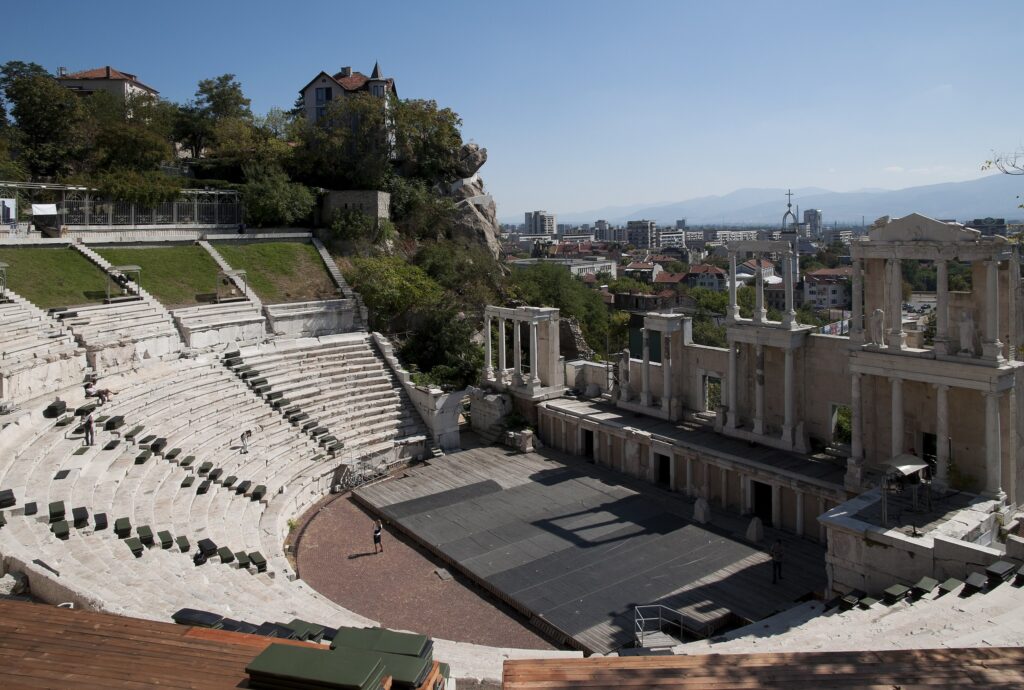 Plamen Agov • studiolemontree.com, CC BY-SA 3.0, via Wikimedia Commons
Plamen Agov • studiolemontree.com, CC BY-SA 3.0, via Wikimedia CommonsFact 4: Bulgaria is the birthplace of the Cyrillic alphabet
Bulgaria holds the honor of being the birthplace of the Cyrillic alphabet. Created in the First Bulgarian Empire during the 9th century, this script was developed by Saints Cyril and Methodius, two Byzantine brothers. The purpose was to translate religious texts into the Old Slavic language, laying the foundation for written communication in the region. The Cyrillic alphabet has since spread across various Slavic countries, becoming a key element of their cultural and linguistic identity. It’s a testament to Bulgaria’s significant contribution to the world of alphabets and literacy.
Fact 5: The oldest gold treasures have been found in Bulgaria
The Varna Necropolis, located in the city of Varna on Bulgaria’s Black Sea coast, is home to some of the world’s oldest gold artifacts. Discovered in 1972, these treasures date back to around 4,500 BC, making them some of the earliest examples of advanced metallurgy in human history.
The Varna Necropolis gold items include intricately crafted jewelry, ornaments, and ceremonial objects, providing valuable insights into the sophisticated culture and craftsmanship of the ancient Thracian people. This archaeological discovery in Varna stands as a testament to Bulgaria’s rich historical heritage and its pivotal role in the development of ancient civilizations.
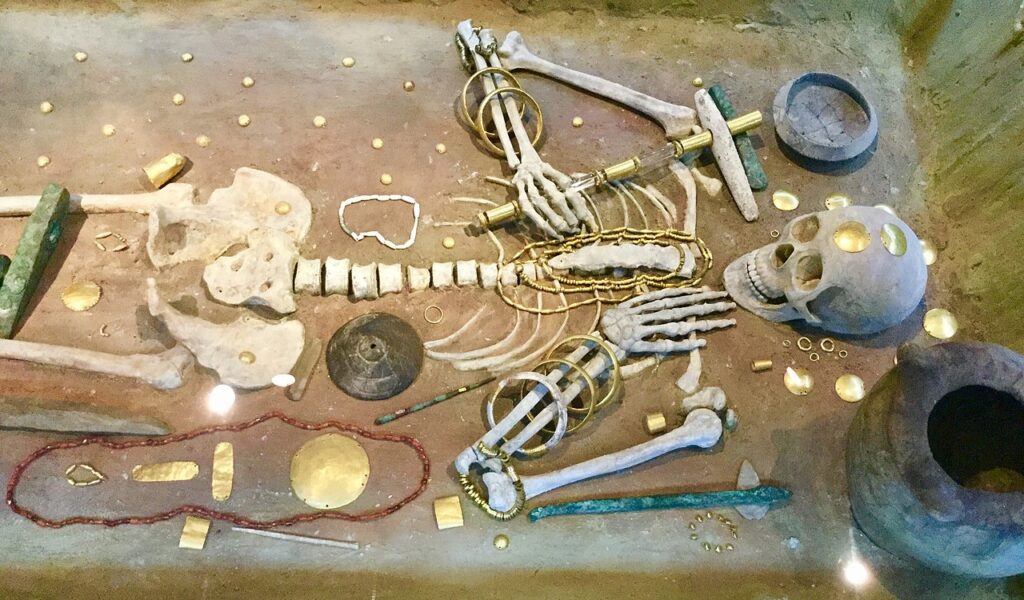 Philip Kromer from Austin, TX, USA, CC BY-SA 2.0, via Wikimedia Commons
Philip Kromer from Austin, TX, USA, CC BY-SA 2.0, via Wikimedia CommonsFact 6: Shaking head sideways means yes, up and down means no
The cultural interpretation of head gestures can vary worldwide. While in many Western cultures, nodding up and down signifies agreement, in Bulgaria, as well as in some other countries like Albania (see 10 Interesting facts about Albania), a subtle nod upwards can express disagreement or a negative response. Similarly, shaking the head from side to side may convey agreement or affirmation. It’s a fascinating example of how non-verbal cues can be culturally nuanced and may differ across regions.
Fact 7: Bulgaria has 9 UNESCO World Heritage Sites
Bulgaria is home to nine UNESCO World Heritage Sites, each showcasing the country’s rich cultural and natural heritage. These sites include:
- Boyana Church: Known for its remarkable medieval frescoes, Boyana Church is located in Sofia and is recognized for its exceptional contribution to European art.
- Madara Rider: This ancient rock relief and archaeological complex near Shumen represents a unique cultural and historical monument.
- Rila Monastery: Nestled in the Rila Mountains, this Eastern Orthodox monastery is not only a spiritual center but also a masterpiece of Bulgarian Renaissance art.
- Rock-Hewn Churches of Ivanovo: Situated near Rousse, these medieval churches are carved into the cliffs and feature impressive frescoes.
- Thracian Tomb of Kazanlak: Famous for its well-preserved frescoes, this tomb in the Valley of the Thracian Kings provides insights into Thracian burial rituals.
- Thracian Tomb of Sveshtari: Located in northeastern Bulgaria, this tomb displays unique Thracian architectural and artistic elements.
- Pirin National Park: Recognized for its diverse ecosystems, Pirin National Park is home to a wide variety of flora and fauna, as well as stunning landscapes.
- Srebarna Nature Reserve: A vital wetland habitat for numerous bird species, Srebarna is situated on the banks of the Danube River.
- Ancient City of Nessebar: This well-preserved ancient city on the Black Sea coast is celebrated for its historic architecture and archaeological significance.
Note: Before visiting the country, check if you need an International Driver’s License in Bulgaria to drive.
 Vicki Burton, CC BY-SA 2.0
Vicki Burton, CC BY-SA 2.0Fact 8: Bulgarian yogurt is considered the most flavorful
Bulgarian yogurt is renowned for its exceptional flavor, and the secret lies in the specific strains of bacteria used during the fermentation process. Lactobacillus bulgaricus, a bacteria strain discovered in Bulgaria, along with Streptococcus thermophilus, are the unique cultures responsible for the distinctive taste and texture of Bulgarian yogurt.
This yogurt variety is celebrated not only for its rich, creamy consistency but also for its tangy and slightly tart flavor. The careful balance of these bacteria strains contributes to the characteristic taste that sets Bulgarian yogurt apart. Additionally, the traditional method of preparation, often using whole milk, adds to its unique and delightful culinary profile.
Fact 9: There are about 4000 caves in Bulgaria
Bulgaria is home to a vast number of caves, estimated to be around 4,000. These caves vary in size, geological formations, and historical significance, offering a diverse range of experiences for spelunkers and visitors. One notable cave system is the Devetashka Cave, known for its size and archaeological importance, while the Magura Cave is famous for its prehistoric rock paintings.
Exploring the caves of Bulgaria provides not only a thrilling adventure for nature enthusiasts but also a glimpse into the country’s geological and historical richness. From underground chambers adorned with stalactites and stalagmites to caves with archaeological treasures, Bulgaria’s subterranean world is both fascinating and awe-inspiring.
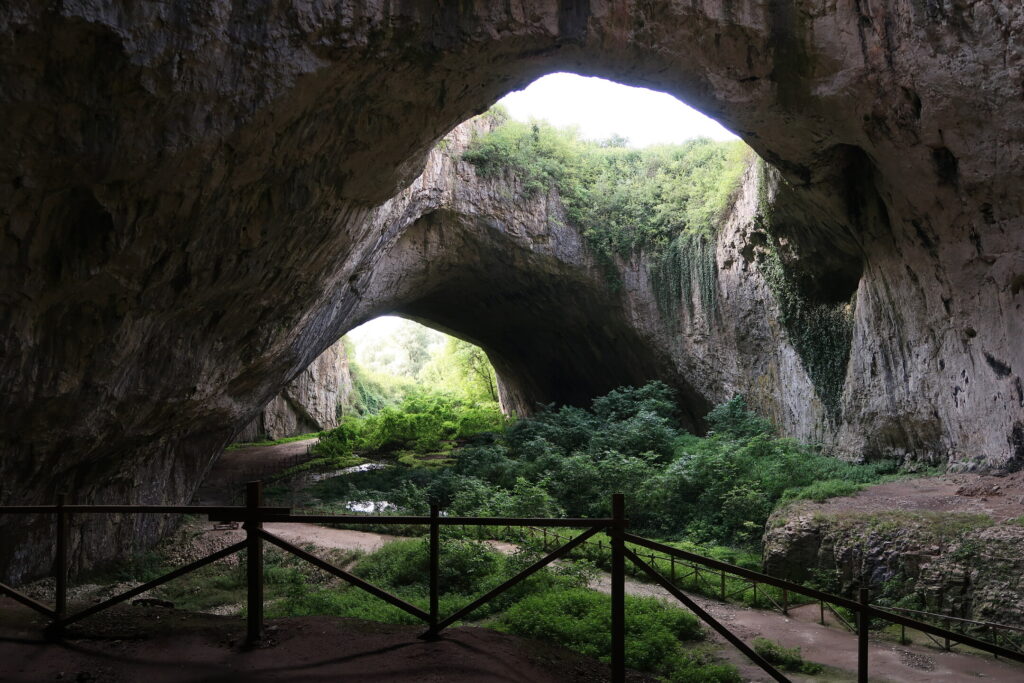
Fact 10: Bulgaria is a major producer of rose oil
The Valley of Roses, located around the town of Kazanlak, is particularly famous for its rose fields and the cultivation of Rosa damascena, the oil-bearing rose. The extraction of rose oil, also known as rose otto, is a traditional industry in Bulgaria, and the country’s climatic conditions are well-suited for growing these aromatic flowers.
Bulgarian rose oil is highly valued in the perfume and cosmetic industries for its exquisite fragrance. The annual Rose Festival in Kazanlak celebrates this rich heritage, attracting visitors from around the world to experience the beauty of the rose fields and the traditional rose oil production methods.

